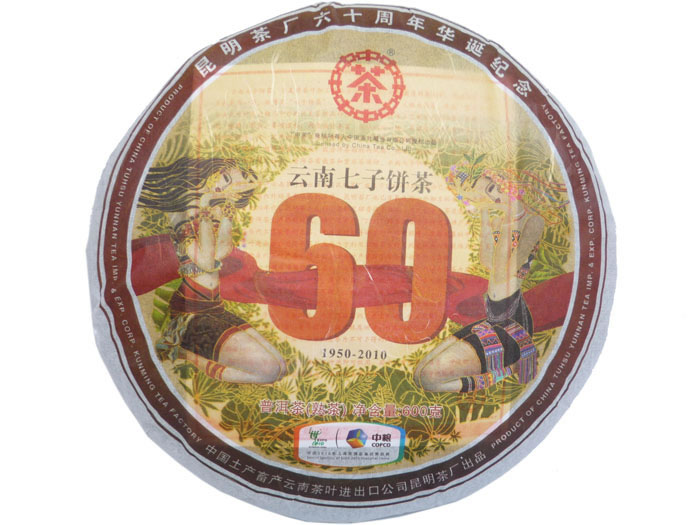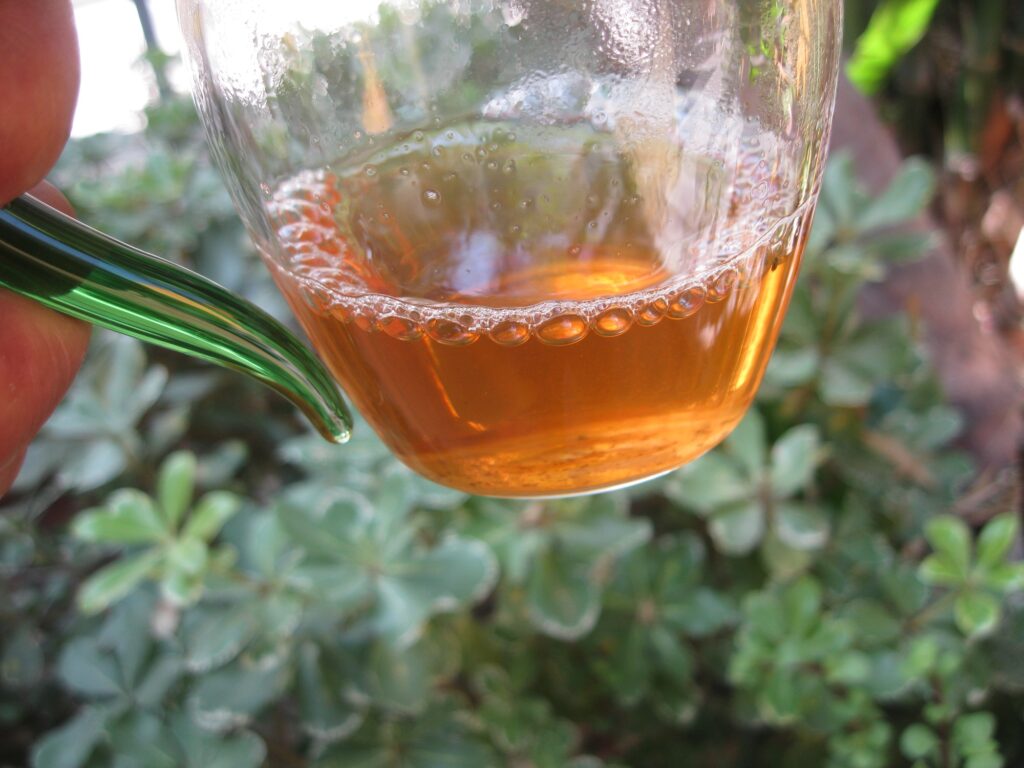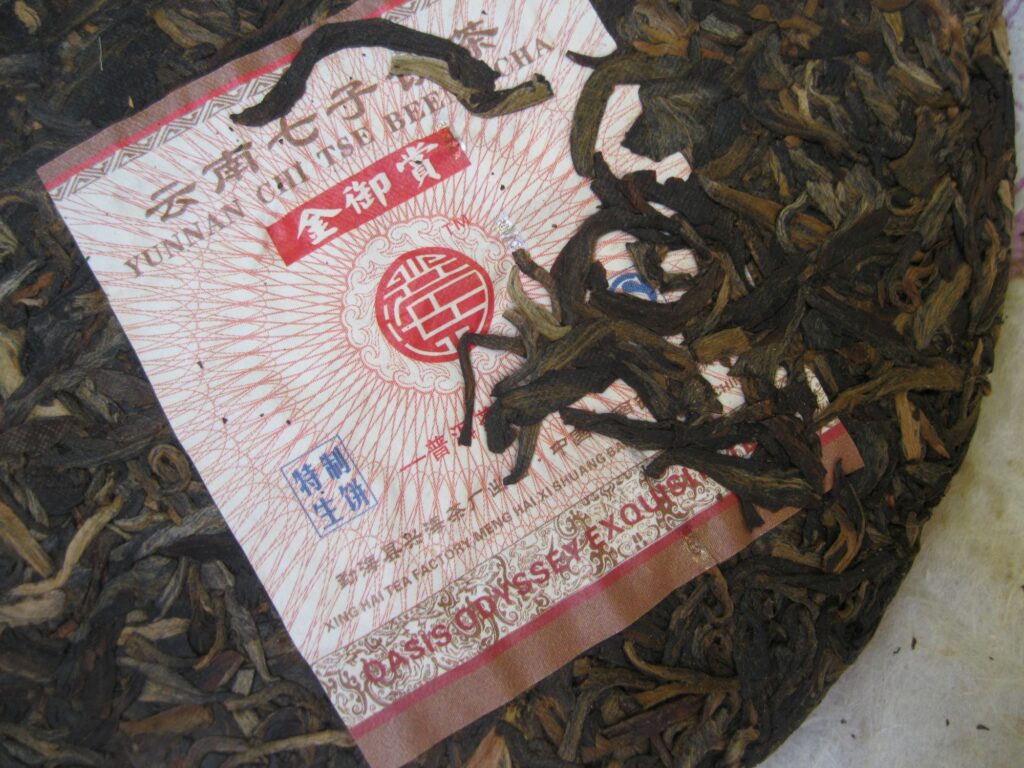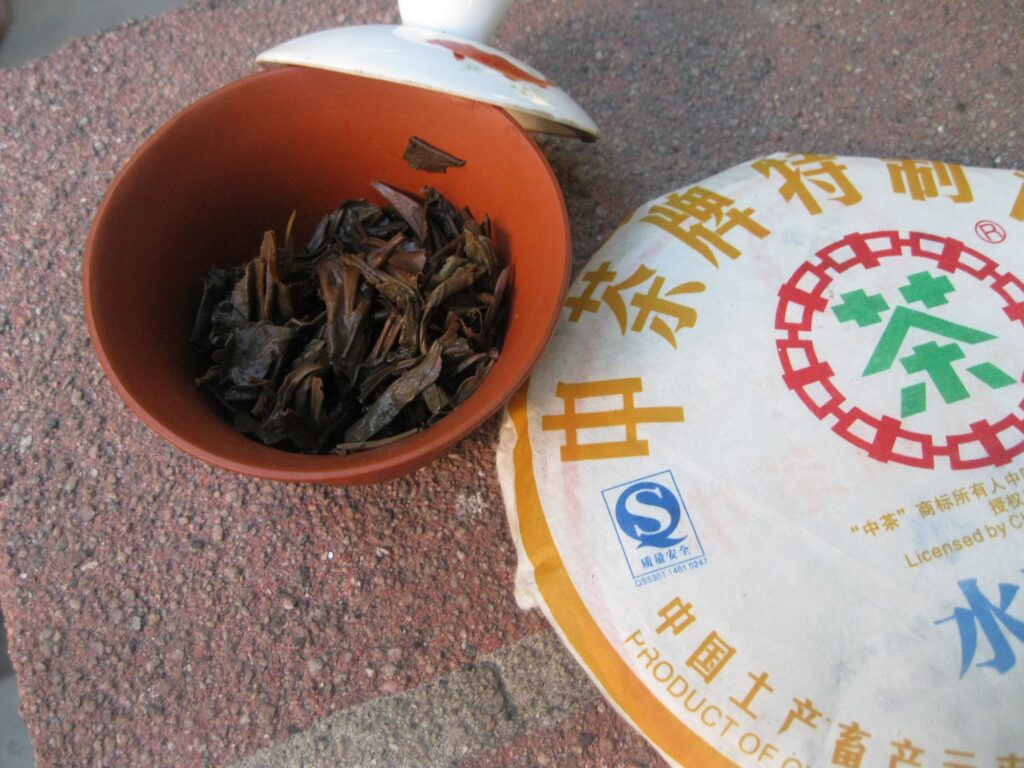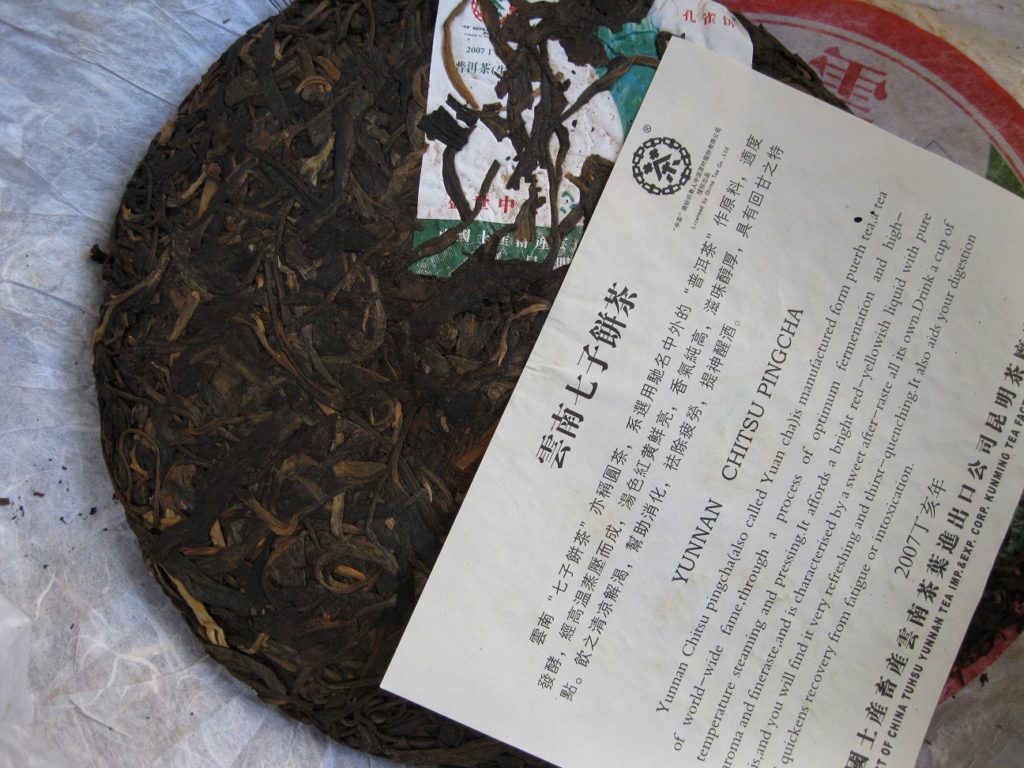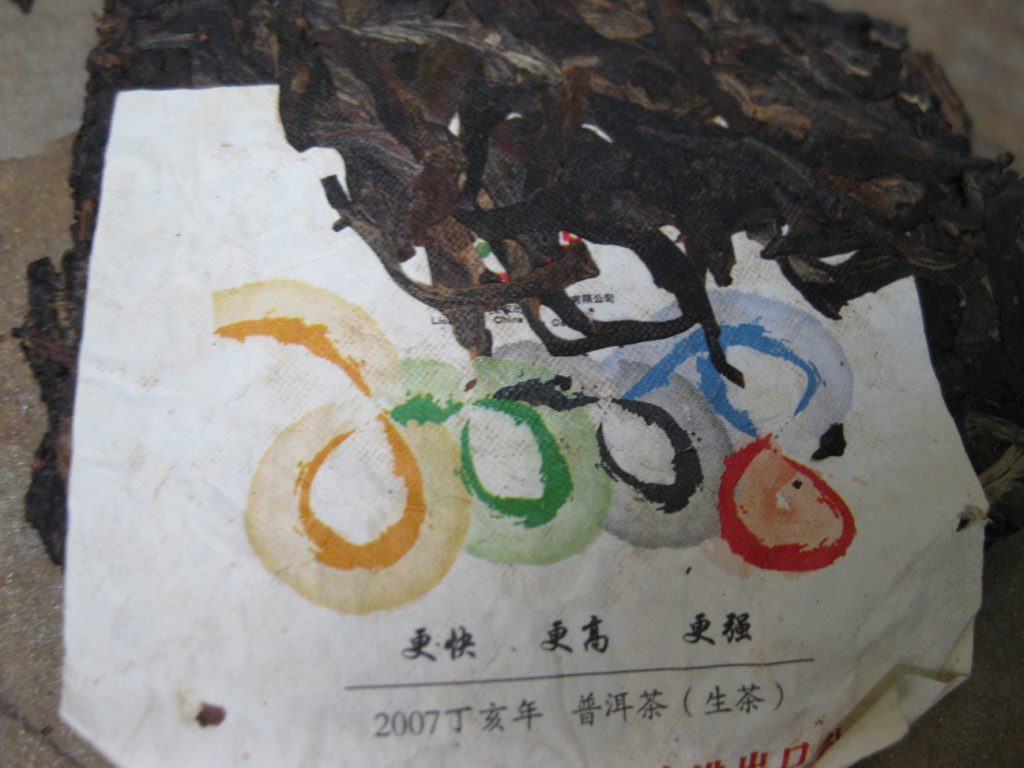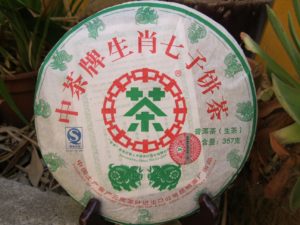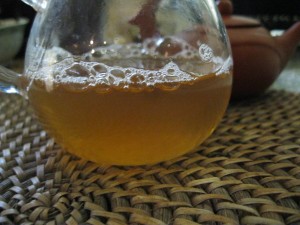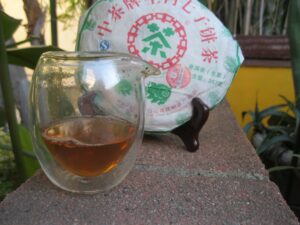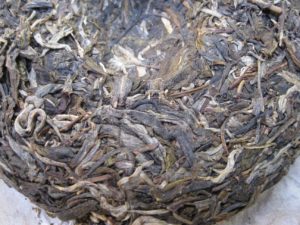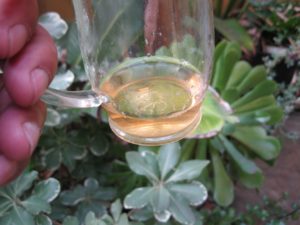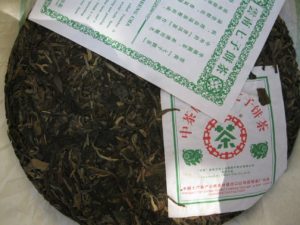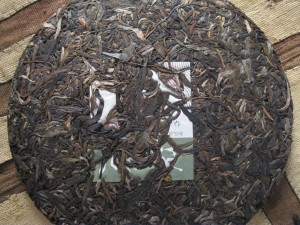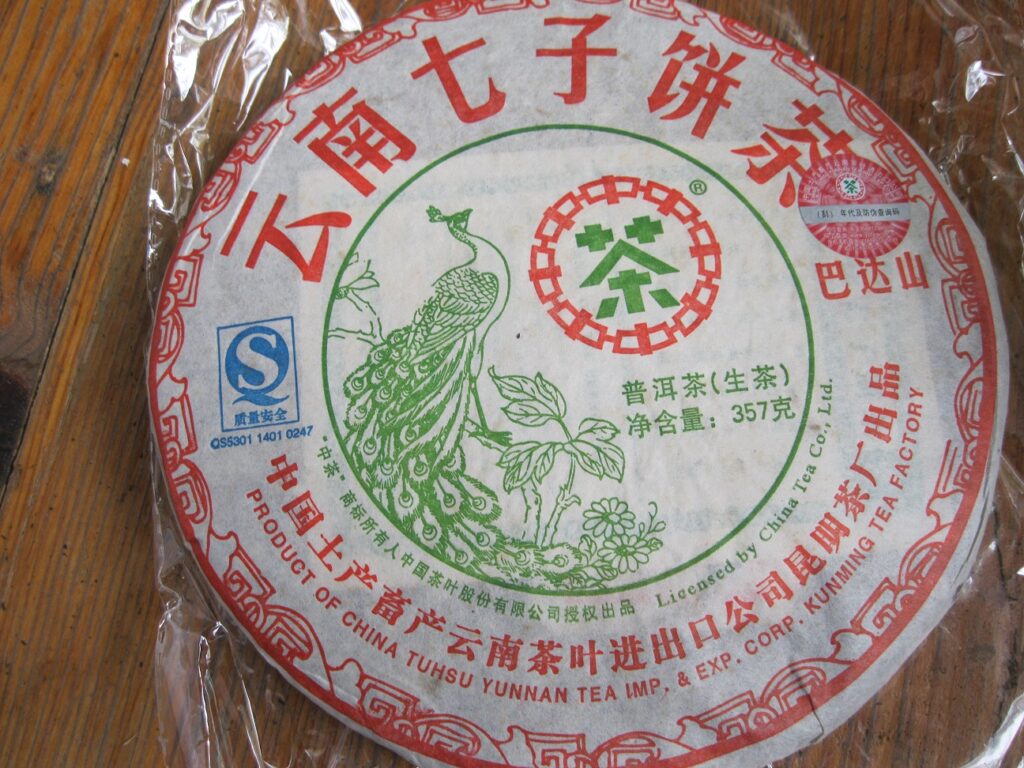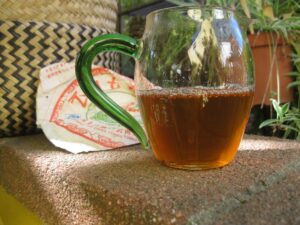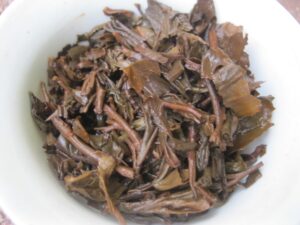Spring Ripe Championship Round
Spring Ripe Championship Round commences in four days, June 14th. All the contestants have just been removed from storage to air. How they will perform under airing remains anyone’s guess. . . and guess many a spectator will do. Odds-makers are frantically taking bets. The sharks placed wagers with cool confidence the minute odds listed. Yang Q Public (ahem) invariably waits till the last minute. Here’s the contestants along with the stable represented.
- ’07 Silver Peacock, Xinghai
- ’05 Yiwu Ripe Private Commission, Du Qiong-zhi
- ’07 BZ Peacock King, LME
- ’06 “55“, Zhongcha
- ’12 Operation Macau, Xinghai commission
Stay tuned. Place yer bets.



